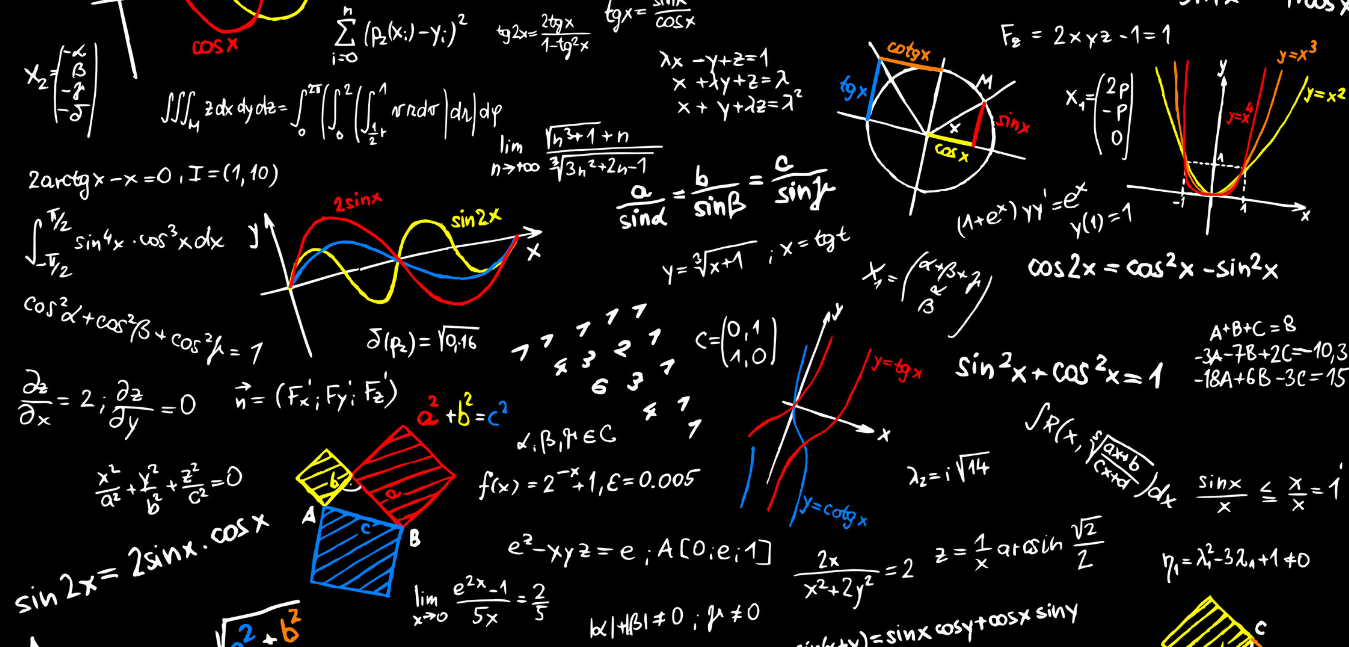Why Use a Lineup Optimizer? (Part 2)
(If you haven’t read part 1 check it out here: Why Use a Lineup Optimizer? Part 1)

To understand the value of lineup optimization, lets look at the reality of how many possible lineups exist.
If you have ~300 available players and must select 9 of them, how many possible combinations of 9 are there? (Hint: It’s probably a lot more than you think) Math time! Lets look at an example using NFL:
We need 1 QB, 2 RB’s, 3 WR’s, 1 TE, 1 K, & 1 DEF. And lets say this is the breakdown by position:
- 28 Available QB’s = Choose 1, so 28 Possible Choices
- 90 Available RB’s = Choose 2, so 4,005 Possible Choices
- 110 Available WR’s = Choose 3, so 215,820 Possible Choices
- 40 Available TE’s = Choose 1, so 40 Possible Choices
- 28 Available K’s = Choose 1, so 28 Possible Choices
- 28 Available D’s = Choose 1, so 28 Possible Choices
How many possible combinations of 9 do we have?
[Nerd Alert: We are looking for combinations not permutations. There is a difference. If you would like to calculate the above and understand these numbers, you can check out the great combination / permutation calculator at mathisfun.com]
Now, we simply multiply them together to get our grand total of possible lineups:
28 x 4005 x 215,820 x 40 x 28 x 28 = 7.58976439 x 10^14
or
758,976,439,000,000 possible lineups.
Yes people, that is seven hundred fifty eight TRILLION possible lineups. Give or take few billion.

Things get even hairier when you add FLEX / UTIL players. The number of possible lineups compounds into unfathomable numbers. (It is an interesting exercise to figure out which sport & operator site has the most possible combinations, but we will save that for another day.)
Now, truth be told, we can reduce that number down pretty quickly because there are plenty of awful players that we know with certainty we will never use. But even if you bring these numbers down a lot, you still have trillions upon trillions of possible lineups.
Optimization can definitely help.
So is it even possible to find the #1 lineup? Yes it is! I still remember when we ran our first successful calculation. Quite frankly, I was nervous. Why? Well, I had one remaining nagging feeling. What if we find the #1 solution, lets say the total points achieved was 133.49 points, but what if the top 500 lineups also achieved 133.49 points? What if the top 1 MILLION lineups were tied for 133.49 points? A 1 million-way tie for first place would mean that there is no real value in doing this calculation. So we crossed our fingers and ran the algorithm and waited for several hours. (Hey, version 1 was purely brute-force and very slow.) Many hours later, I came back and saw the output on my screen. It looked something like this:
- Resulting Points: 133.490 / Salary used: $60,000
- Resulting Points: 133.488 / Salary used: $60,000
- Resulting Points: 133.482 / Salary used: $60,000
- Resulting Points: 133.480 / Salary used: $59,900
- Resulting Points: 133.471 / Salary used: $60,000
- Resulting Points: 133.470 / Salary used: $59,600
- . . . [a few thousand more results] . . . .
Success!!!

There was not a massive tie for first place. There was a clear #1 result and it did edge out the 2nd result, even if just by a few points. It was real, and it was staring me right in the face.
But now another question hit me: All of those lineups that I created manually in the past, where did they fall in the order of possibilities? In the top 1,000? Top 10,000? Top 1 million?
I gave this some serious thought and realized something unsettling. If you consider 1 Trillion possible lineups (for simplicity sake), the top 1 million lineups make up only the top .0001% of all possible lineups. Yes, the top 1,000,000 solutions are only a fraction of a fraction of a fraction of the total possible number of solutions. There was virtually no way I had ever manually built a lineup that landed the top million solutions.
Before optimization, I was doing it wrong.

Ok, so the #1 result is clearly valuable. Now what? Once we realized we had something interesting, it was time to start understanding how to apply it. Was this lineup good for head to heads? GPPs? 50/50s?
The answer we finally arrived at? Cash games. A #1 result, using the default Lineup Lab settings, is best used in large 50/50s, double ups & head to heads. Later on, we found that an optimizer is very valuable in Tournaments, but only if we generate multiple lineups in an intelligent way. Check out our limits tutorial as an example.
Daily Fantasy Sports is all about finding an edge no matter how small. If the #1 solution is even a 10th of a point higher than the #2 solution, shouldn’t you use it? Have you ever lost a game on a 10th of a point? I certainly have.
Sure there will be times when the #1 result has a player you don’t agree with. Remove him and re-calculate. Lineup Lab is a tool to help give you that edge. The Lineup Lab users who are consistently growing their bankroll and taking down large tournaments are combining their own personal opinions & research with Lineup Lab. This is the best way to use the software, and frankly, the most fun.
Push-button win systems do not exist. The human factor is strong in sports. Those of you who have played sports understand this. Have you ever seen a nervous batter’s face as he steps into the box? Or a hyper-confident point guard who walks up to the free-throw line? Ever said something like, "Ten bucks says he strikes out/sinks a 3/gets sacked." ?
If you love sports, then combine your knowledge of these nuances with our power lineup optimizers and you will have an awesome Daily Fantasy Experience.
Take me back to the Lineup Lab homepage -> https://www.lineuplab.com

